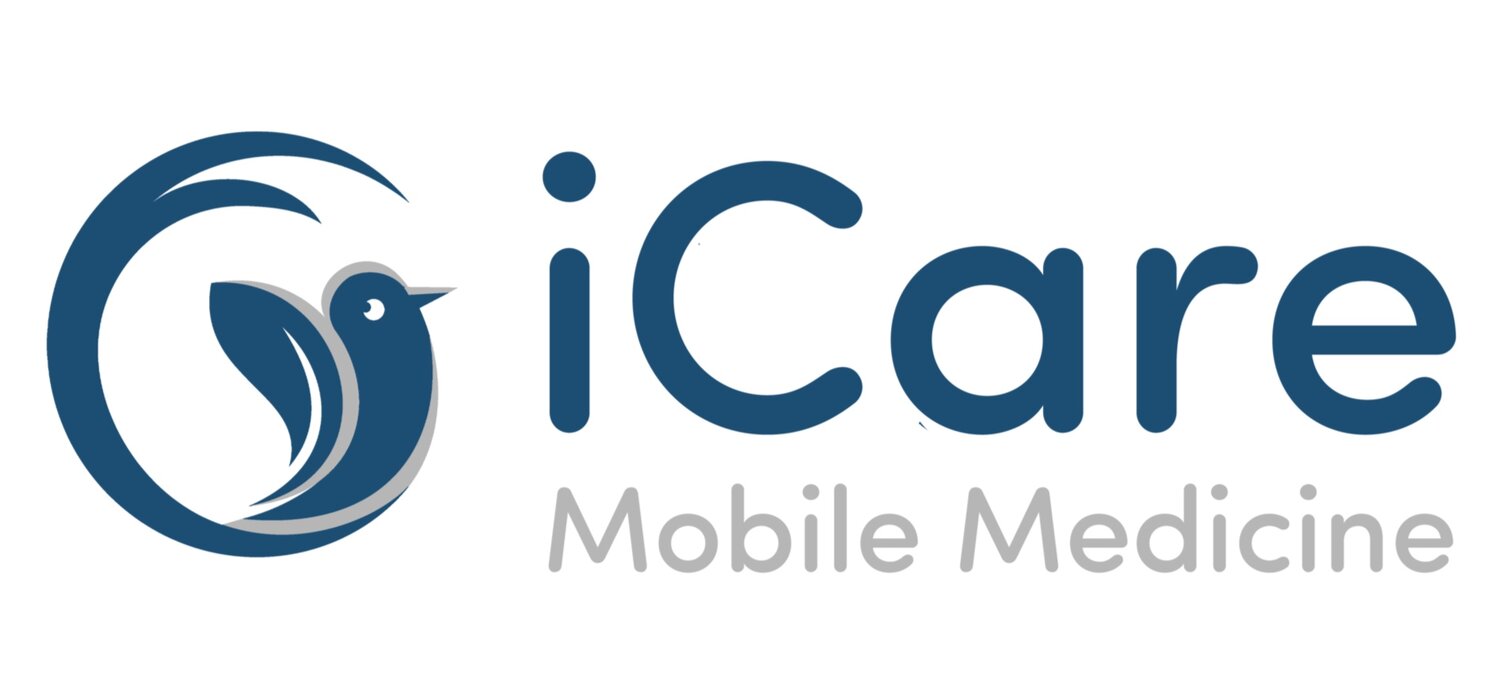Influenza (flu)
Influenza is a viral infection that attacks your respiratory system — your nose, throat and lungs. Influenza is commonly called the flu, but it's not the same as stomach "flu" viruses that cause diarrhea and vomiting.
For most people, the flu resolves on its own. But sometimes, influenza and its complications can be deadly. People at higher risk of developing flu complications include:
Young children under age 5, and especially those under 6 months
Adults older than age 65
Residents of nursing homes and other long-term care facilities
Pregnant women and women up to two weeks after giving birth
People with weakened immune systems
Native Americans
People who have chronic illnesses, such as asthma, heart disease, kidney disease, liver disease and diabetes
People who are very obese, with a body mass index (BMI) of 40 or higher
Influenza (flu) Symptoms
At first, the flu may seem like a common cold with a runny nose, sneezing and sore throat. But colds usually develop slowly, whereas the flu tends to come on suddenly. And although a cold can be a bother, you usually feel much worse with the flu.
Common signs and symptoms of the flu include:
Fever
Aching muscles
Chills and sweats
Headache
Dry, persistent cough
Shortness of breath
Tiredness and weakness
Runny or stuffy nose
Sore throat
Eye pain
Vomiting and diarrhea, but this is more common in children than adults
When to seek care
Most people who get the flu can treat themselves at home and often don't need to see a doctor.
If you have flu symptoms and are at risk of complications, see your doctor right away. Taking antiviral drugs may reduce the length of your illness and help prevent more-serious problems.
If you have emergency signs and symptoms of the flu, get medical care right away. For adults, emergency signs and symptoms can include:
Difficulty breathing or shortness of breath
Chest pain
Ongoing dizziness
Seizures
Worsening of existing medical conditions
Severe weakness or muscle pain
Emergency signs and symptoms in children can include:
Difficulty breathing
Blue lips
Chest pain
Dehydration
Severe muscle pain
Seizures
Worsening of existing medical conditions
Resources:
